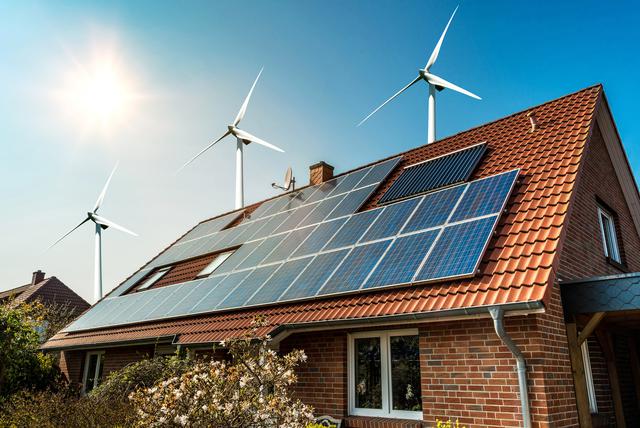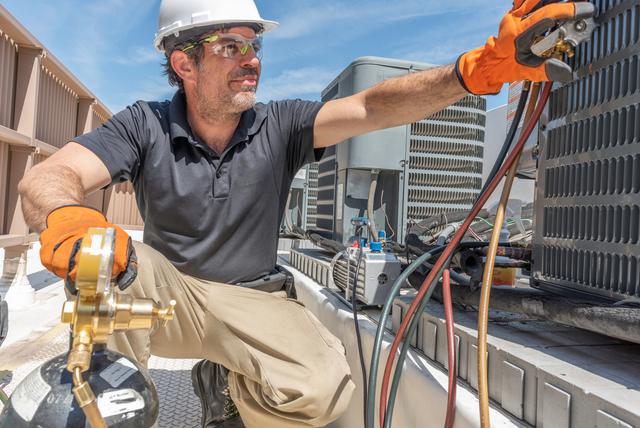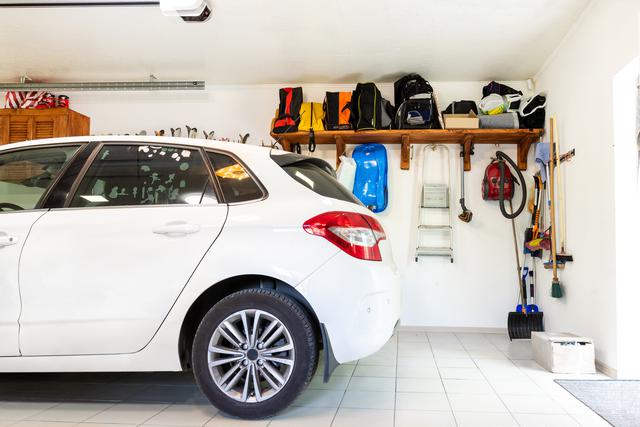Energy retrofitting solutions range from simple methods to advanced projects. Minor retrofitting includes simple measures like applying spray foam and caulking, enhancing insulation, and installing energy-saving lights. As simple as they are, these measures will significantly reduce the amount of energy consumed in your home. Taking a step further involves major retrofitting such as reglazing windows and doors, updating heating and cooling installations, as well as replacing faucets with low-flow or auto shut-off versions. To take energy efficiency to a whole new level, you can dive into deep retrofitting. Some examples, like adding windows to maximize daylight, interior reconfiguring, and opting for renewable energies, can bring forth exceptional results. There is another type of retrofitting known as structural retrofitting, which involves methods to stabilize your home’s infrastructure. That topic, however, somewhat differs from energy retrofitting.
Benefits of Energy Retrofitting
Benefits of energy retrofitting can be financial in regards to savings in energy and cost, as well as non-financial in terms of comfort and eco-friendliness. A lot of the benefits are also interconnected such that one leads to another, like a domino effect but in the positive sense — one solution creates another. For example, an insulated room will increase the efficiency of the central system. This will in turn reduce energy consumption, leading to increased sustainability.
Increased Efficiency in Energy Consumption
Retrofitted systems produce better results with less energy. A room with multi-paned windows and insulated walls, for instance, can hold more temperature inside with less effort from the heating system. In other words, retrofitted systems work smart, not hard.
Lower Energy Costs
Increasing energy efficiency means fewer costs. The less energy your heating and cooling systems consume, the less dreadful your electric bill would look at the end of the month. As a result, both your wallet and the environment will be thanking you for adopting a sustainable lifestyle.










comments